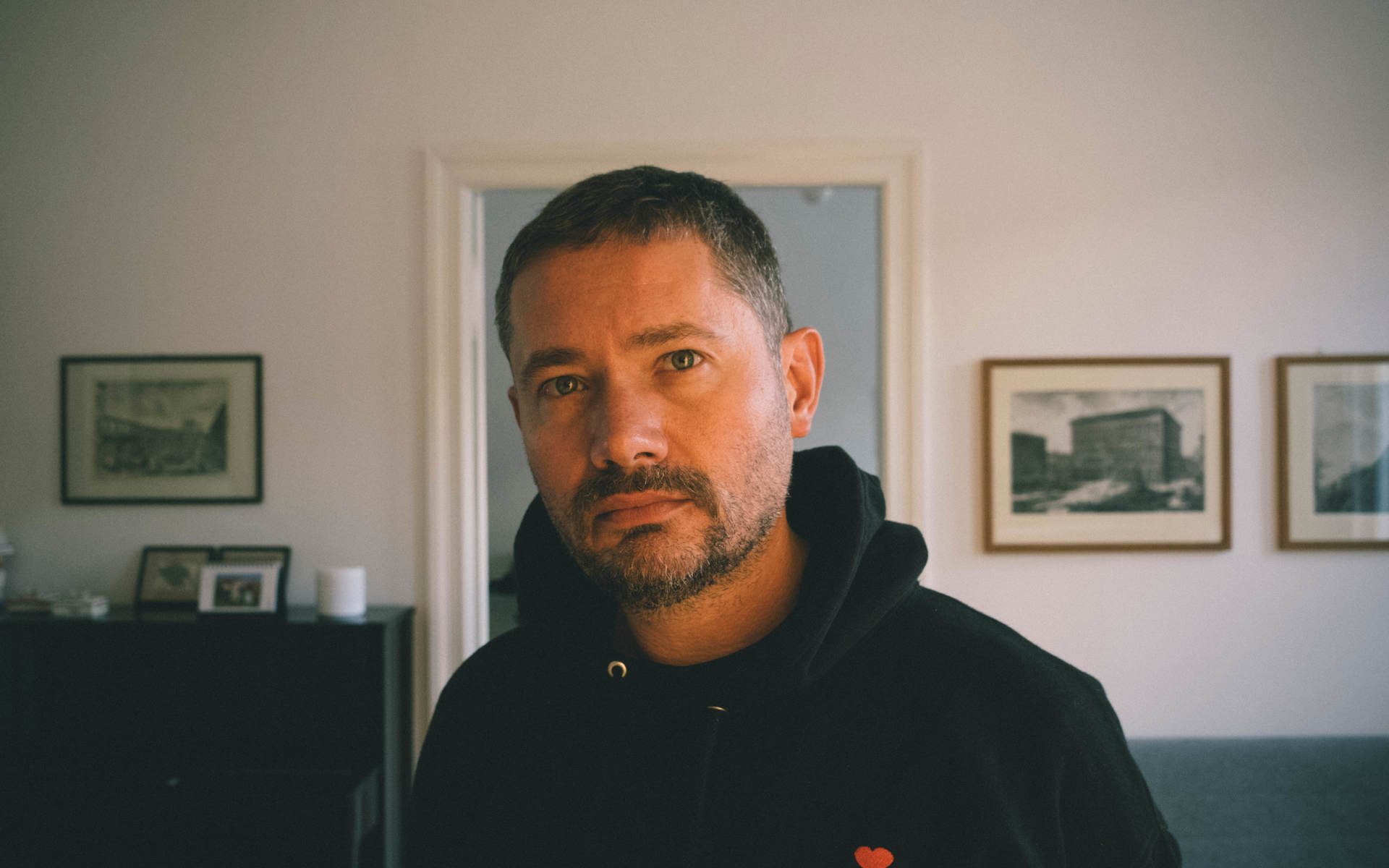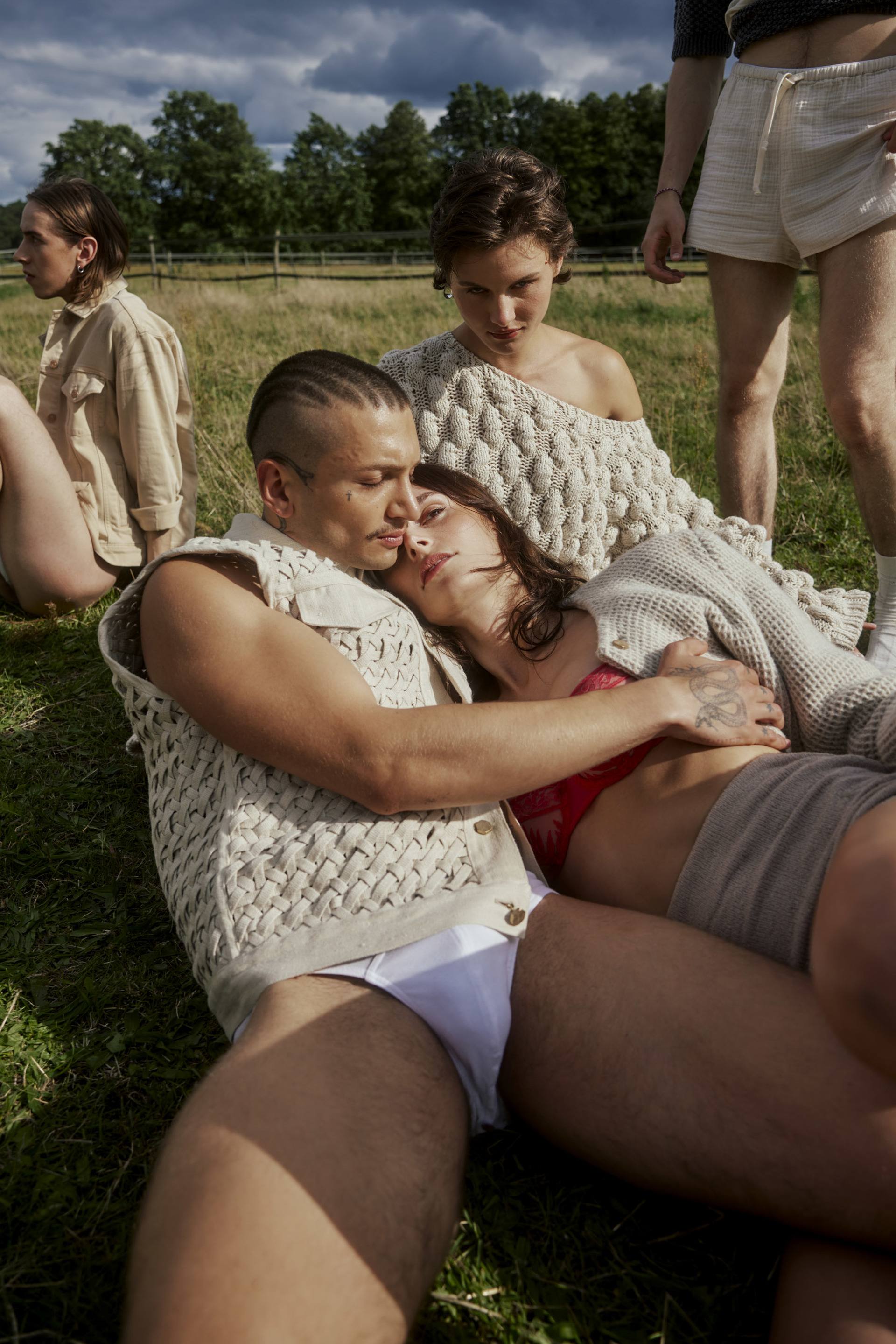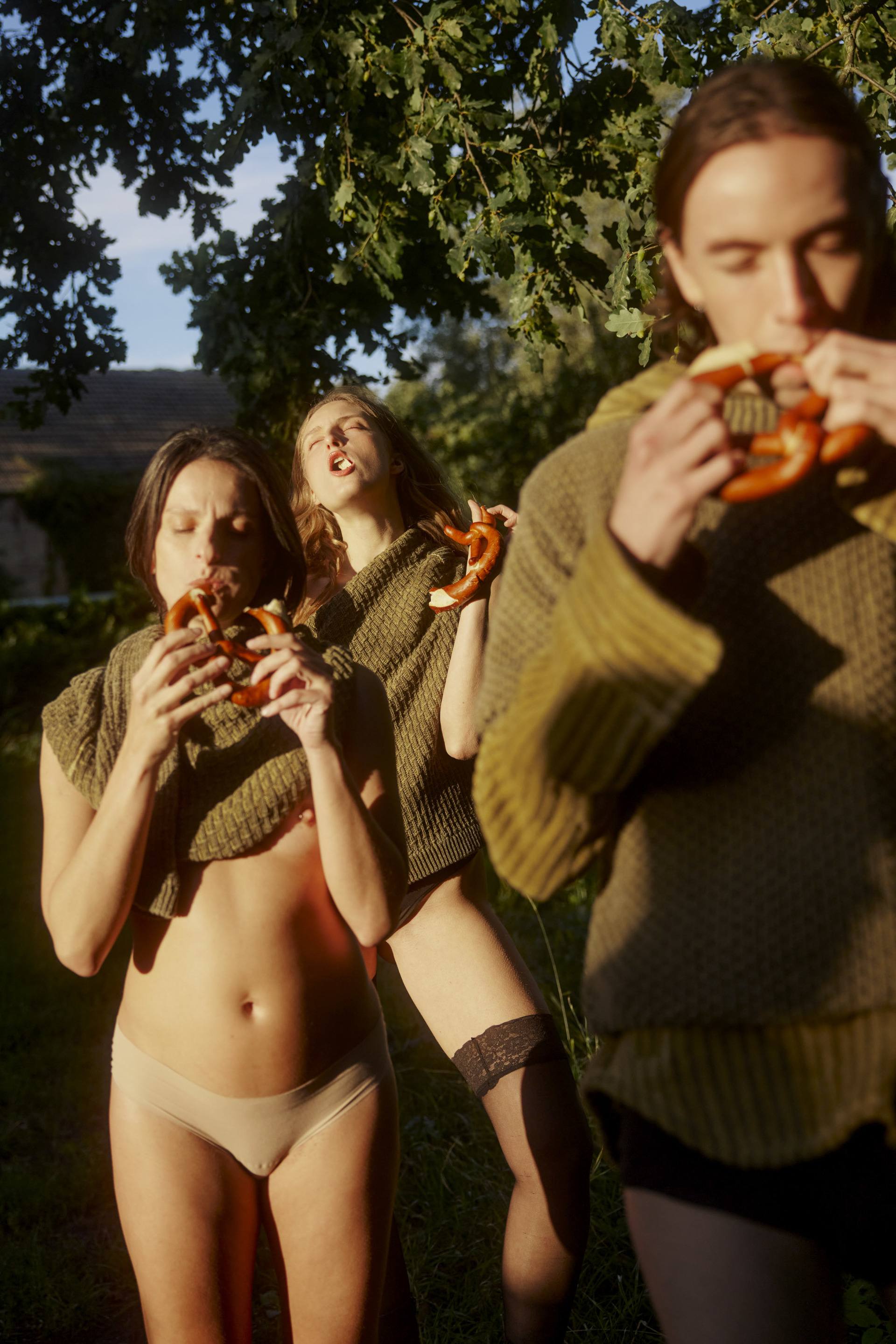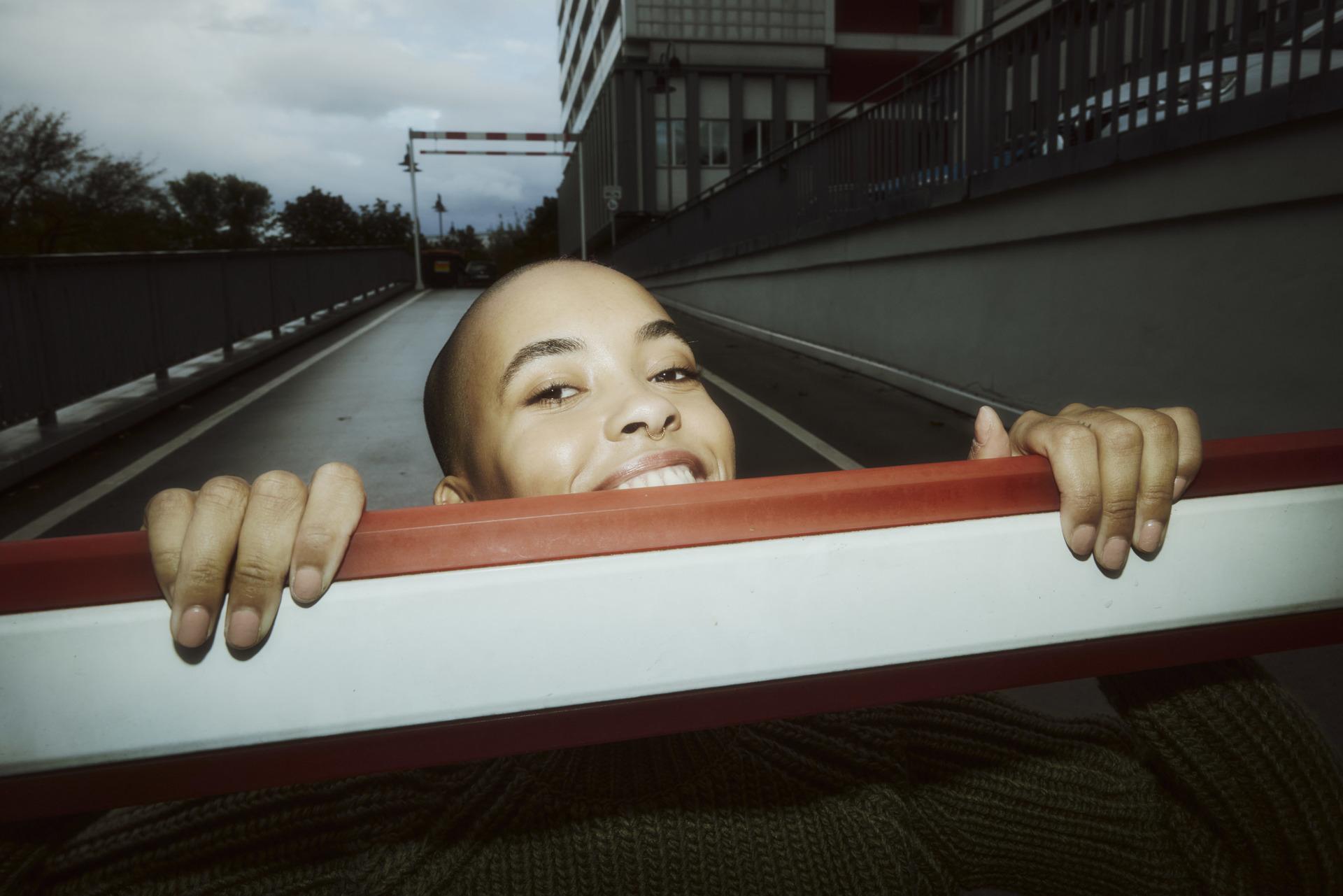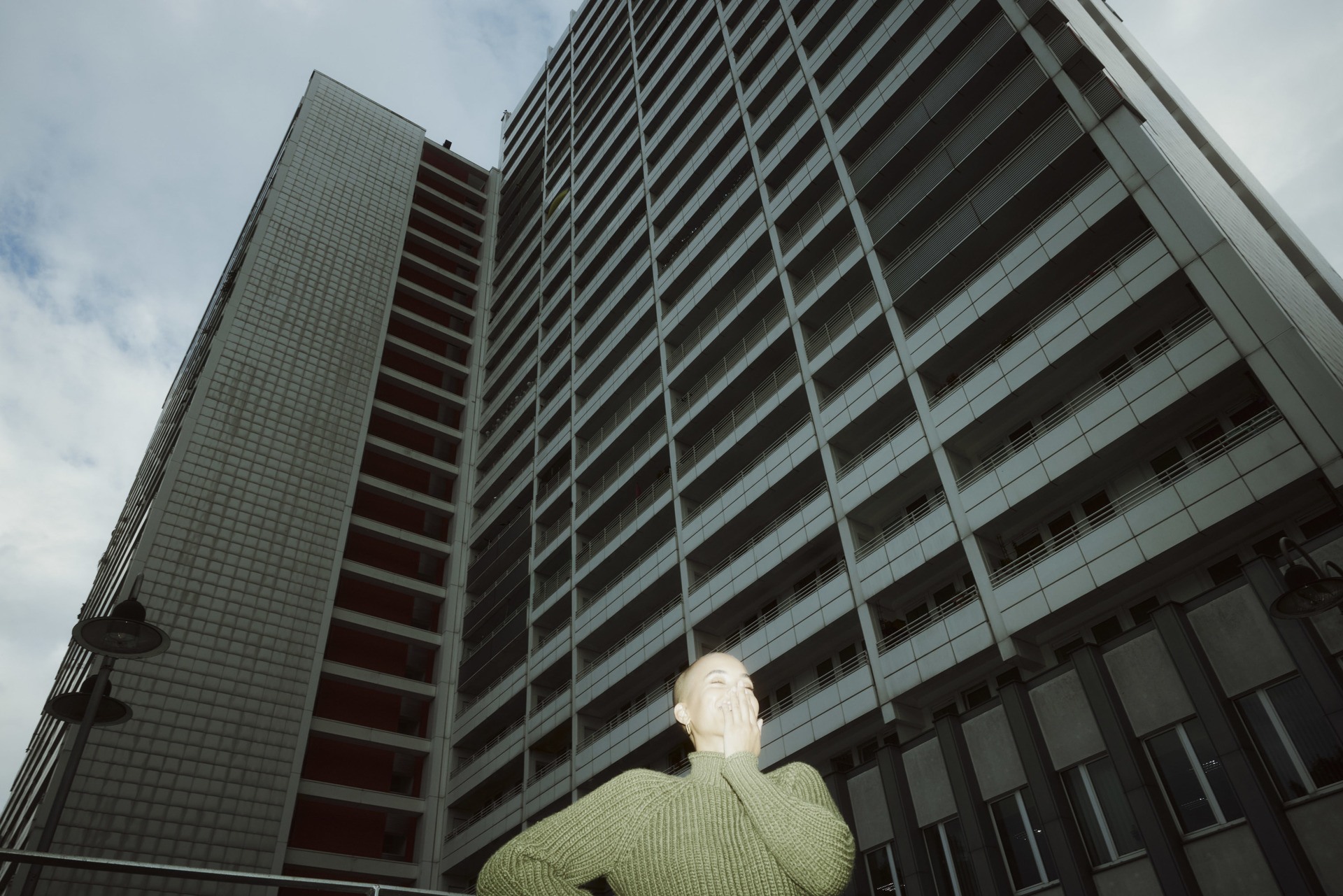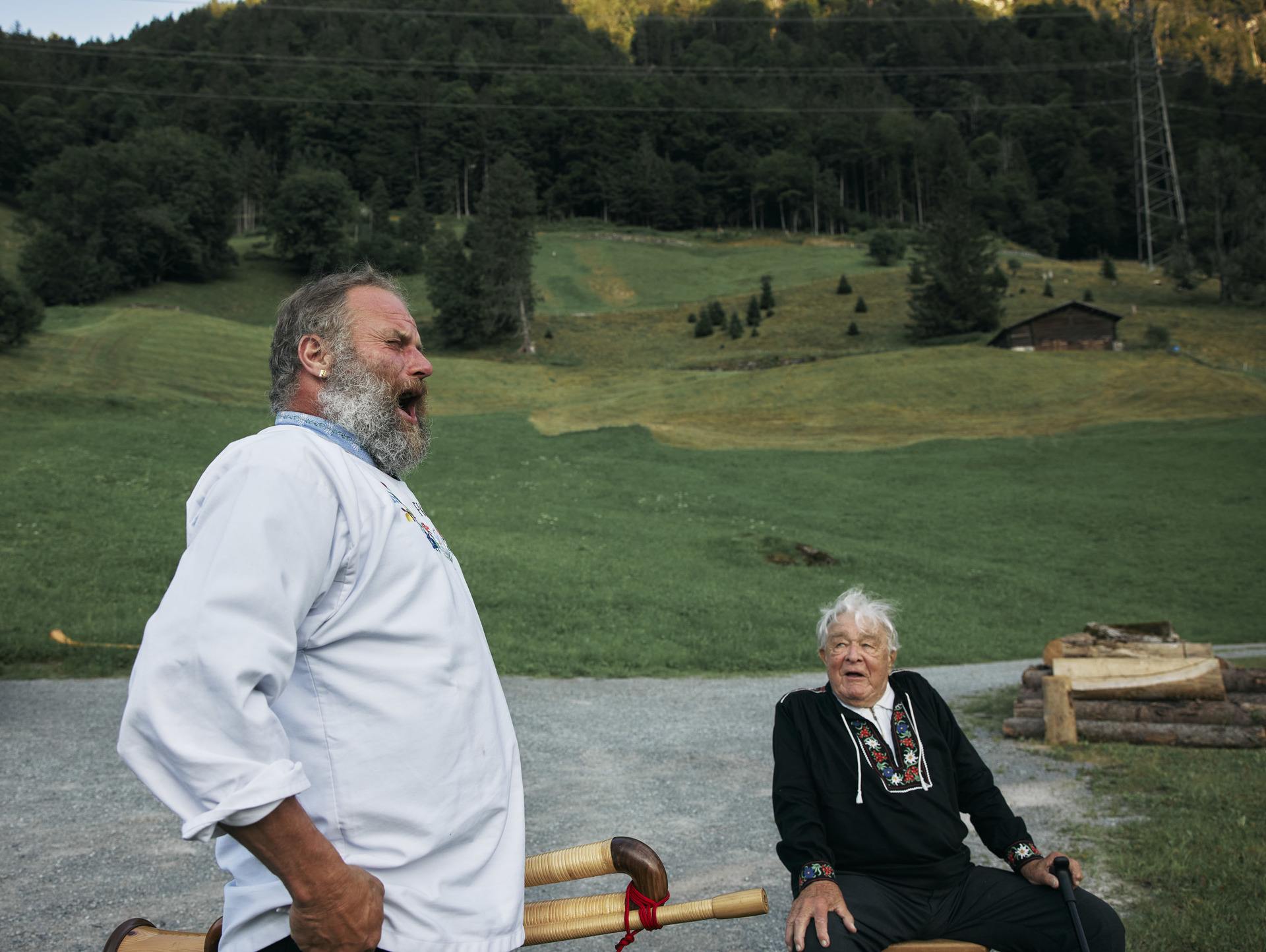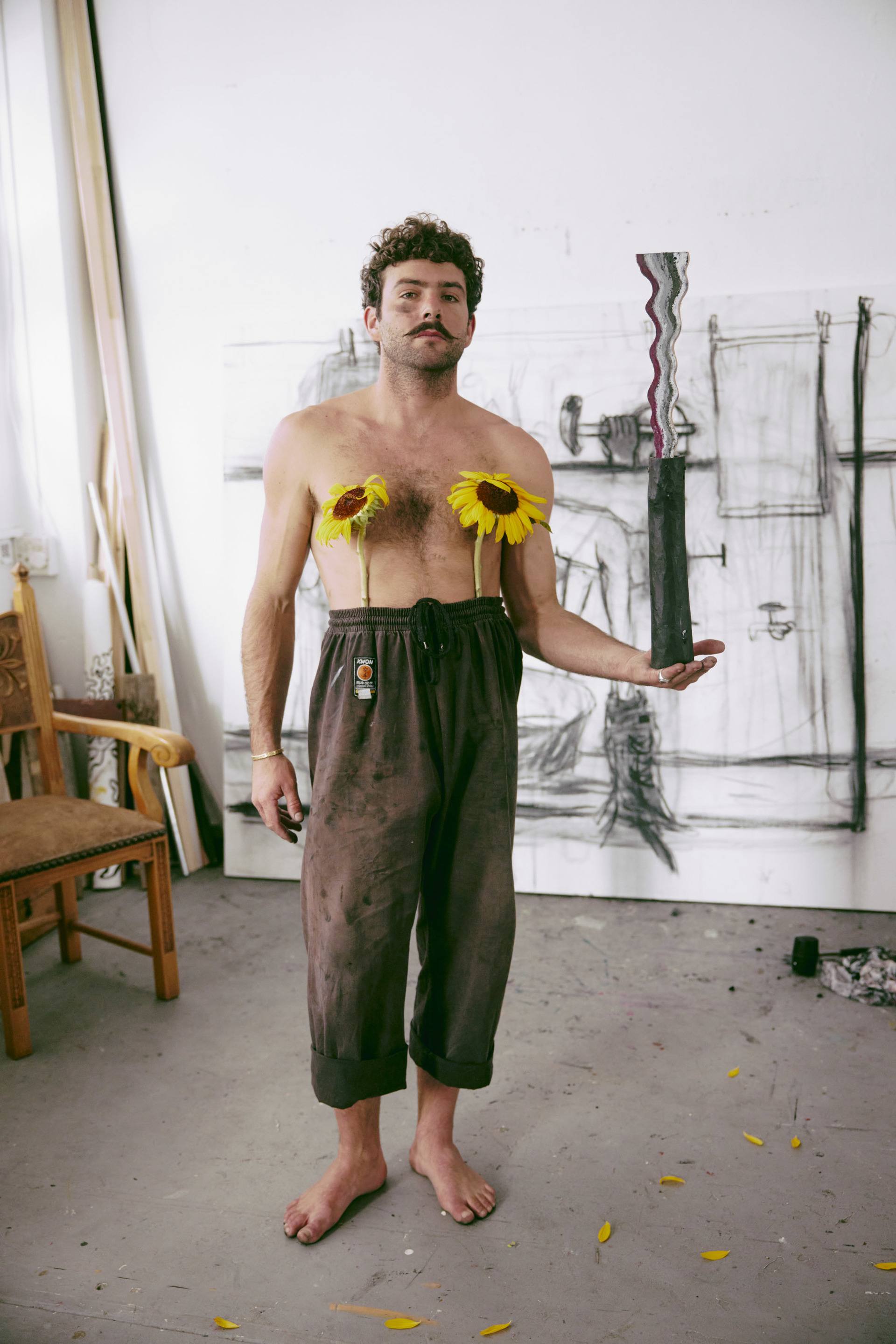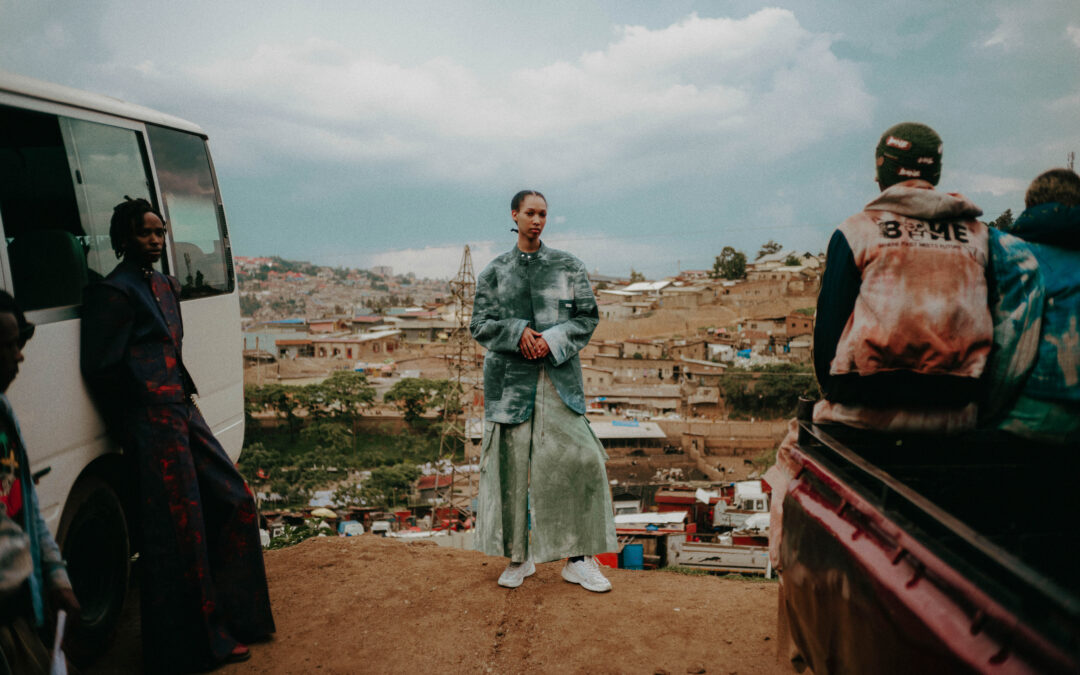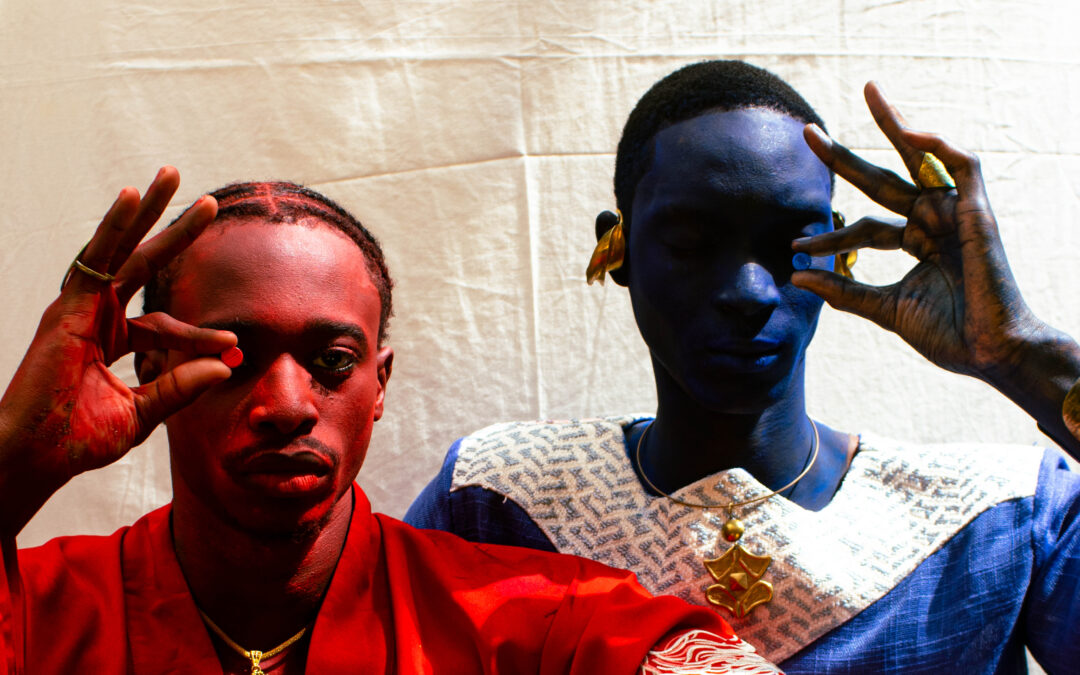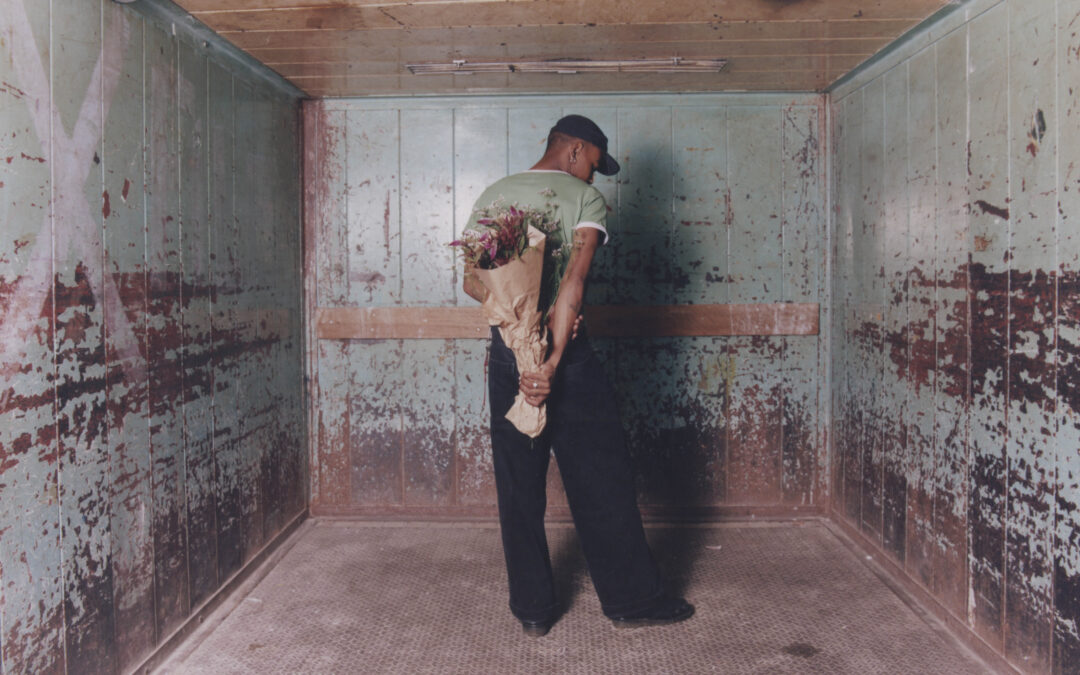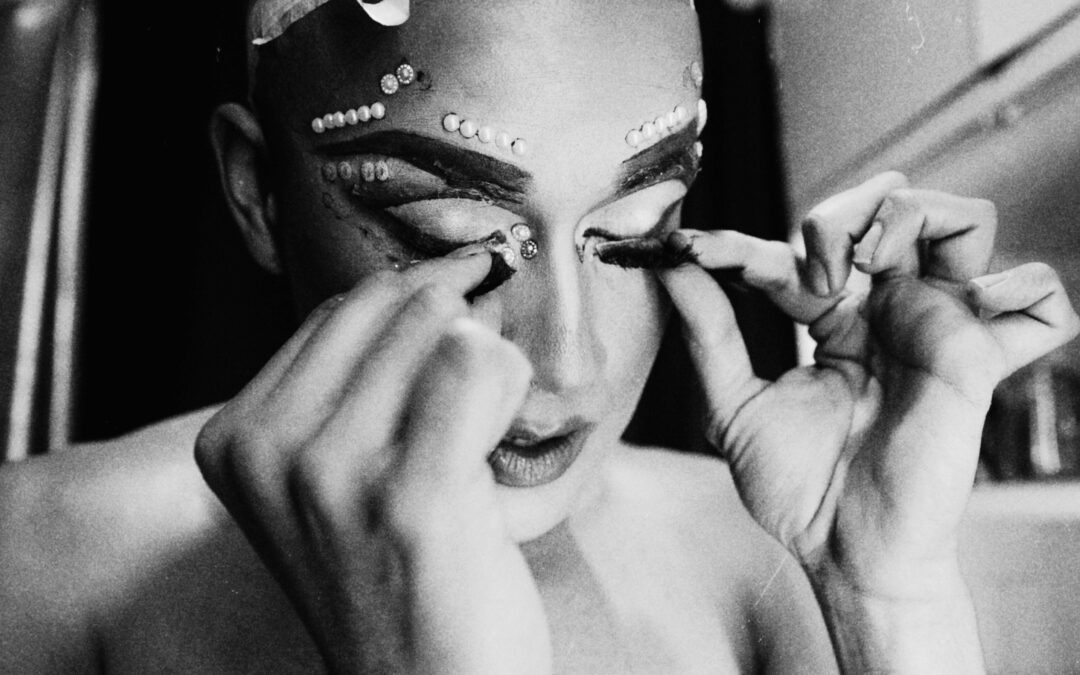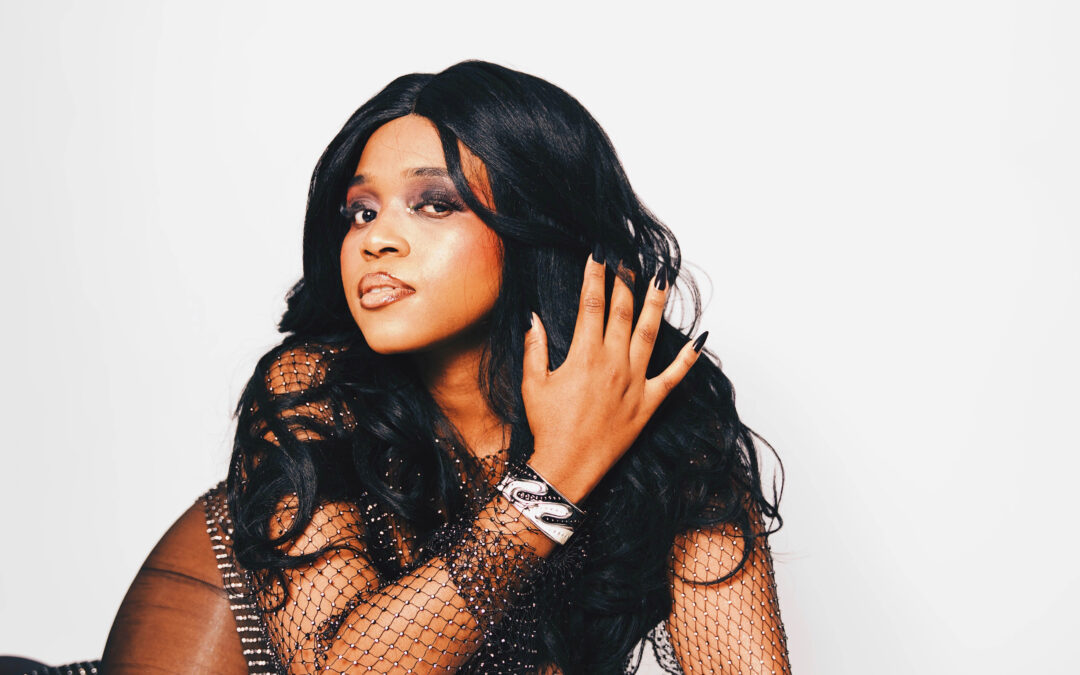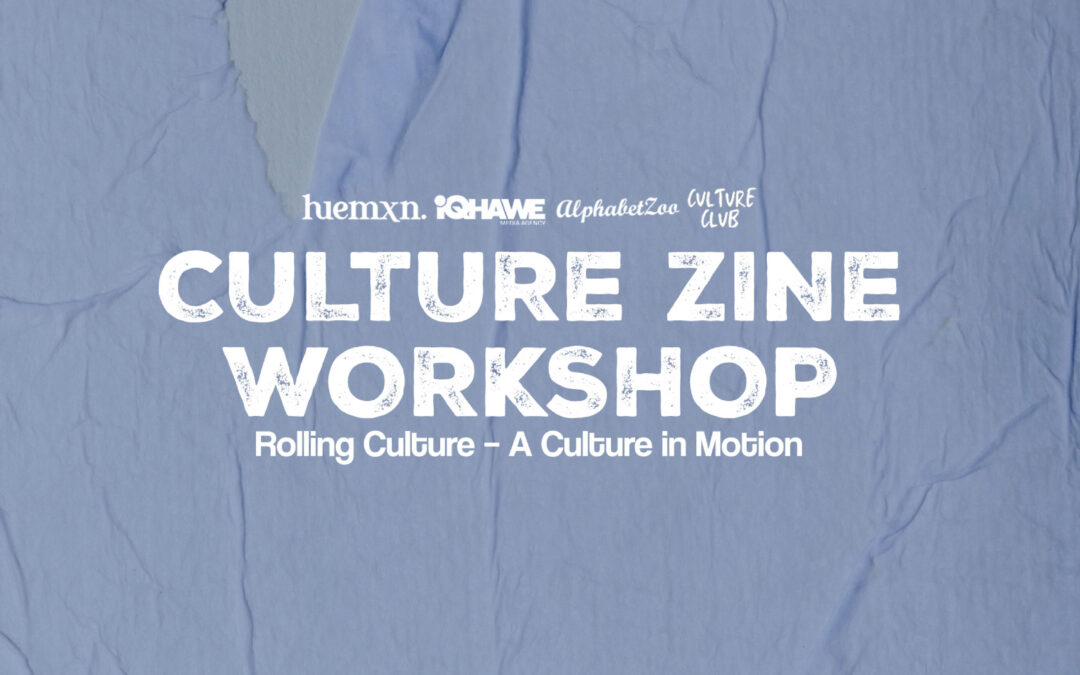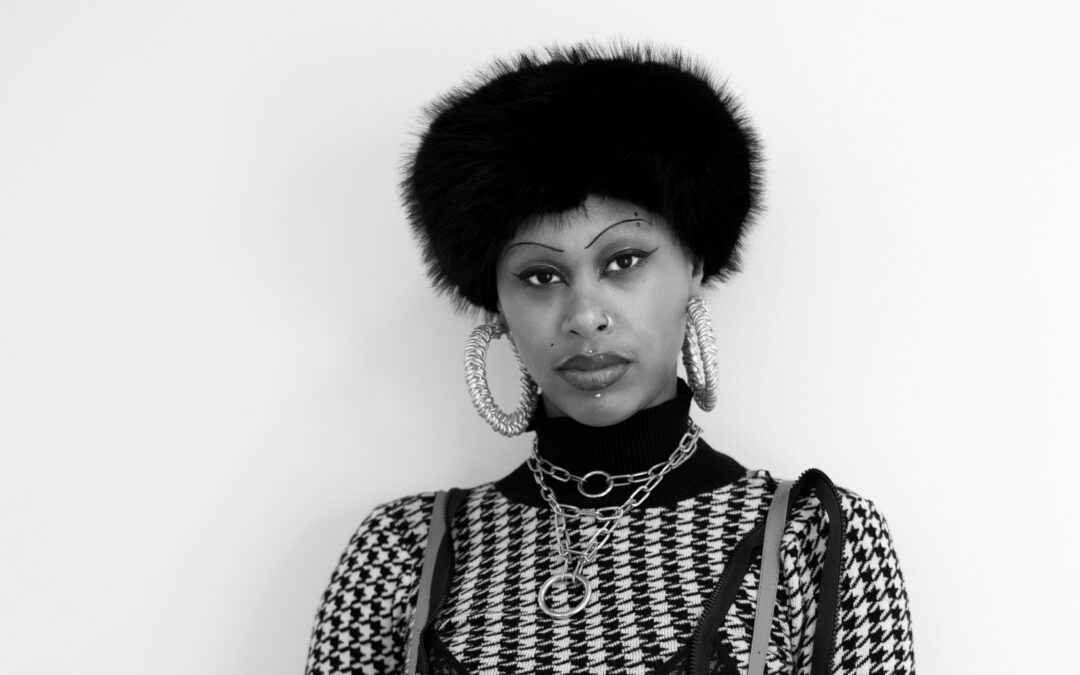Photographer Steve Marais is taking down his website soon. Ironically, for me, it’s one of the most interesting collections of personally conveying one’s work that I’ve seen in a long time. Yet, in the spirit of constantly revitalising his creative expression – bound by a newly formed creative philosophy. So, I’m prefacing our conversation with a call to action: immerse yourself in stevemarais.com – before it’s too late.
The Berlin-based South African photographer is abides by storytelling as his root – and Steve’s act of self-publishing, through a collection digital zines, is one of the most thoughtful acts of resistance I have seen from a photographer – who is, by the very nature of their role, is ordered to release their craft into the hands of others. When so much of our autonomy as creatives is up for sale, Steve cites zine-making as a way to preserve the essence of his narrative, at the centre of his bodies of work.
LAMPOON PROTOTIPO photographed by STEVE MARAIS
Steve explains that “I was supposed to do a bunch of meetings in Germany – ‘go-sees’ – and I just thought, ‘ugh…can’t I just make a bunch of prints?’. I started laying out elements and things I had saved, and as I was doing it – it became the idea of doing these zines and it felt such a nice way to share what I wanted, on the internet. It is definitely in resistance to splashing content out so fleetingly.” As a fashion and commercial photographer, Steve is reshifting his focus toward personal stories. Whether it be ‘Body Love’ – a celebration of the body positivity movement – or ‘The three of us’ – a tale of masculine friendship, Steve shares that “I’m not selling anything in my personal work. There’s no product to market, so it’s difficult to get picked up – this is the nature of commerce now, and the capitalistic social media culture that has been created over the last 15 years. I don’t try to step back in time – we are always moving forward – but these zines are a way to do something a little bit more real and tangible. I am putting my efforts into self-publishing. Interesting thoughts are developing – watch this space.”
Steve grew up in South Africa, but has lived in Europe for many years now. In asking about his creative origin – Steve explains that, “Photography kind of chose me. I’m from a very normal family – my dad was in mining, my mom was mostly a housewife. We went on a family holiday to the west coast when I was in high school, and a woman asked me to photograph her and her little boy with her camera. We played around a bit on the rocks and she was a newspaper editor, and she told my parents that I needed to be a photographer. So that’s what I became! My parents were cool with the idea.” Steve went onto study photography, an experience he credits as a foundation for his craft – though, most of his mastery has been born from relentless working, over many years. Steve notes that “I don’t think I was very good at it, in the beginning. I had no art training, I had not undergone any creative development yet – so creatively, I had to play catch up. I had the perseverance to see it through and now, I’ve honed it over a long time.”
ENIS photographed by STEVE MARAIS
I choose to transform every ‘you’ and every life I touch by creating fresh, motivating and uplifting visuals.
I choose to illuminate the beauty of life by exposing human experiences that show their diversity and complexity.
I choose to challenge the status quo by reflecting the realities that we as humans face, not just the ones that are imposed on us.
I choose to embrace all kinds of people and encourage them to share their perspectives and insights so that together we can create new ones.
I choose to portray the everyday by making variety and choice a conscious part of my visual journey.
I choose to simplify the complexity of the world by applying my artistic vision to authentic storytelling.
I ask Steve, how did the essential role of ‘choice’ come to define his artistic practice? To which he says, “I built up that manifesto over time – it’s been a work in progress and those statements are very much part of my process. Things have shifted. This new creative philosophy that I’ve adopted was developed during the pandemic years. That time stopped us all in our tracks and for me, it cleared out some space internally. I started doing creative projects photographing real people. I started focusing on relationships, connectivity and the need for human connection – and out of that, came my emphasis on choice.” Self-determination is one of the most important keys to unlocking any kind of future – and Steve’s creative charter hinges on this very idea. It also forms part of a deeper ethical, perhaps even existential, metamorphosis that Steve has undergone; having previously forged his creative sword in the depths of highly stylised, commercial work. As Steve explains, “I choose to include people – I choose to include people’s different perspectives – I choose to invite people to share their stories with me. My output has totally shifted from this approach and where I’m standing now, I’m questioning whether I even want to move forward with commercial work? I think eventually I will step away from commercial entirely. Right now, I’m working on how to develop a sustainable business around the choice and the freedom of telling stories around people.”
Pedro e Flavio photographed by STEVE MARAIS
Karl und Fridli photographed by STEVE MARAIS
In her seminal work ‘No Logo’, author and thinker Naomi Klein pre-empted a deep, cultural need for resistance against corporatism and its aim to consume, quite literally, the expression of all creative and cultural production in our society. In talking to Steve, I think of Naomi’s quote in the book – “what haunts me is not exactly the absence of literal space so much as a deep craving for metaphorical space: release, escape, some kind of open-ended freedom.” It is precisely at this juncture, of the need for metaphorical space in which to create, that Steve has found himself and it is where his most exciting frontier as an artist is being born from. Steve explains that, “the brave brands are the ones who allow stories to develop and to be told. The selling of mass-products and my part in that, has become something of a moral issue to me. We step onto set as service providers – and you have to provide that service, most often to create disposable imagery for the sake of selling products to consumers. The shareholders get richer, but the work itself has no shelf-life. There is no importance to it after a week. That’s why I need to focus on stories and people.” and that “I think that’s where AI will come in, to create that kind of disposable content. I think it should, in some ways, cause many people to be out of a job – me included. Authenticity will reign supreme and it will become more and more exclusive, and desired.”
Steve’s work is a love-letter to light, tenderness and conveying people precisely as they are. It’s surprising, then, that composition is not Steve’s primary focus – thorough, colour is – “it’s quite organic.” he says, “I do like ‘pops of colour’ and light. My biggest strength is people – that’s my talent, not photography, but people. Second to that is, my understanding of colour. I don’t shoot anything but digital. The adaptability of a really good digital file is great – I put a lot of work into conceptualising a photographic series, especially colour grading. I don’t do photoshop unless it’s very, very necessary.”
yummyzine2, peoplegrapher photographed by STEVE MARAIS
FINAL REFRESH STUART DODDS & FELIPE YUMMY photographed by STEVE MARAIS
Steve’s experience living in Europe, and finally settling in Berlin, points to an increasing movement of South African creatives heading around the world. Might as well make use of globalisation – right? Steve notes that “I needed to leave South Africa. I recommend travelling to everyone – it’s one of the most important investments you can acquire. I think South Africans often undersell themselves creatively; we are some of the coolest, smartest and most creative people in the world. I had to realise how cool South Africa was and even how cool I was, by leaving. It’s only once you step out of your own bubble, that you realise your creative relevance.”
Right now, the path is clear for Steve – the world is requiring our courage. With his point of view as the energetic and intellectual mediation between him, the work and the viewer – Steve’s manifesto, rooted in choice, is a lesson on pursuing the call that we might feel internally; “we can’t just rely on making beautiful images anymore. We have to stand for something. Thank the gay heavens that I’m gay – I am really leaning into my homosexuality and queerness in general. You have to stand for something and put yourself out there, and have a vision and a voice.”
Written by: Holly Beaton

